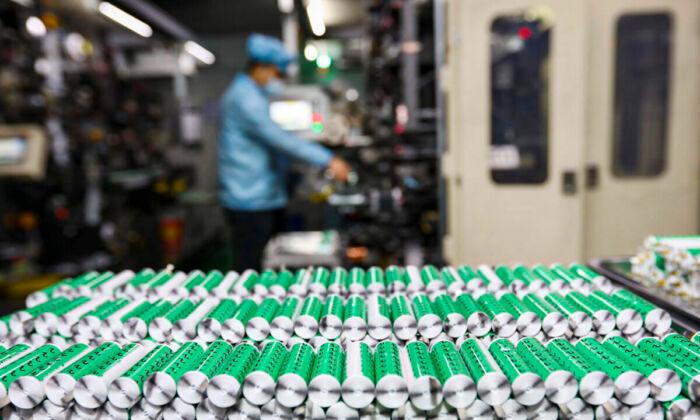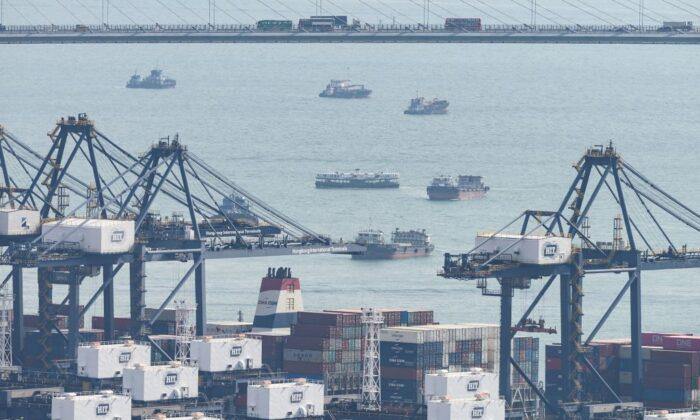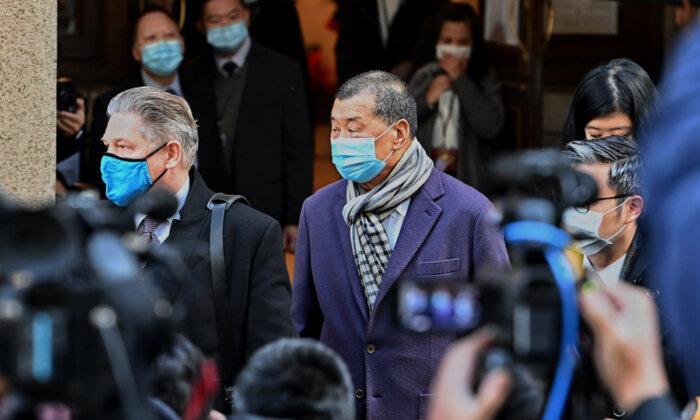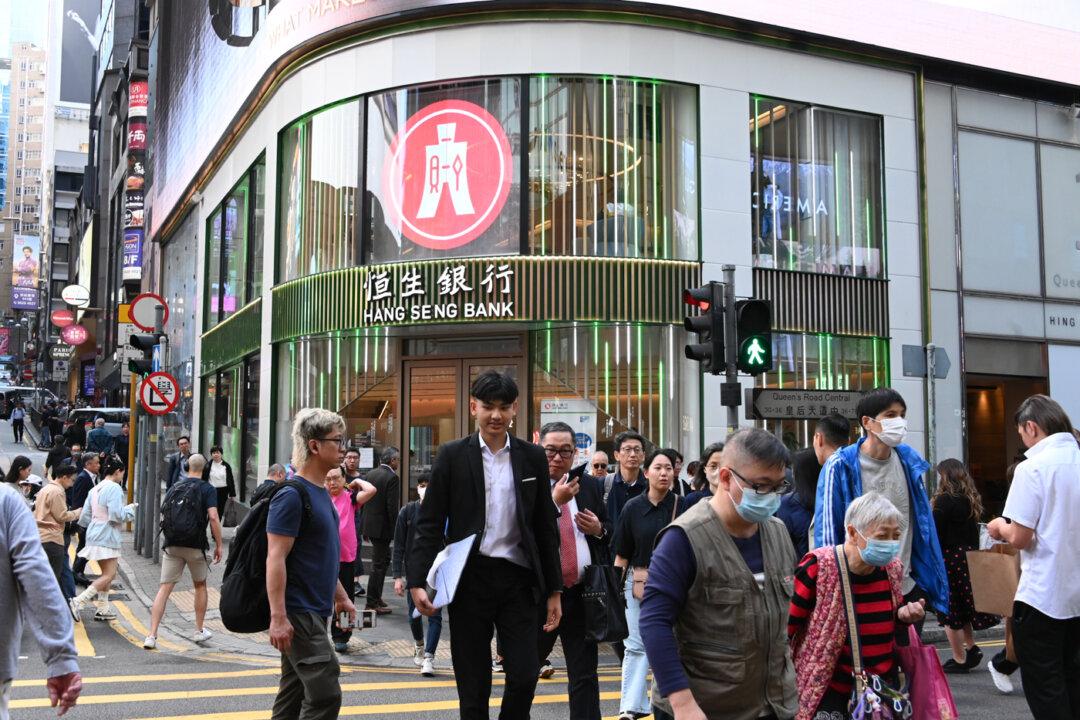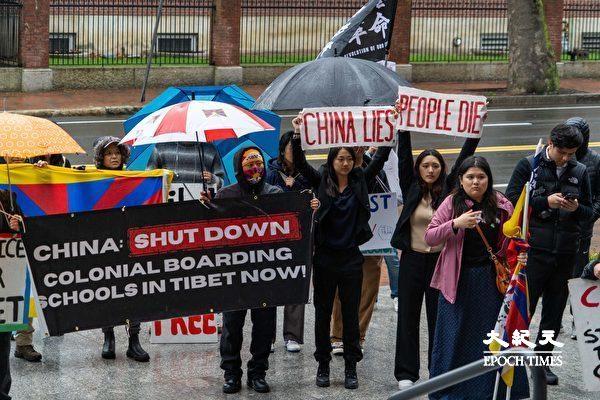Australia’s lithium exports hit a record high in June, with China becoming the country’s largest buyer, a new trade export data showed.
Despite continuing trade tensions with Beijing, $1,128 billion worth of lithium concentrate was exported to China, accounting for 97 percent of total lithium exports in the month.
From late 2021 onwards, lithium exports began to increase rapidly, more than doubling from November to December 2021, almost doubling again from April to May 2022, and surpassing $1 billion for the first time in June 2022, the data showed.
Lithium is a key material used in the production of electric vehicles (EVs), renewable energy storage, and rechargeable batteries for consumer devices such as mobile phones, laptops, and cameras, causing the global demand for lithium has increased dramatically in recent years.
Australia is the world’s largest exporter of lithium. In 2020, 46 percent of the world’s lithium came from Australia, according to ABS. The Bureau expects lithium exports to continue to increase and contribute a further $9.4 billion to the Australian economy by 2023-24.
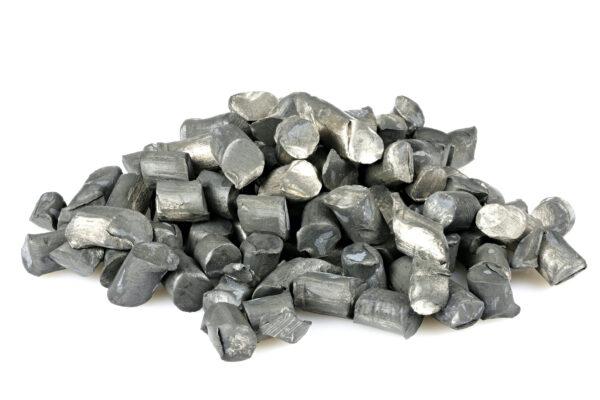
Australia exports almost all of its lithium to China which in 2021 accounted for more than 85 percent of the total lithium export value, and in 2022 accounted for more than 94 percent.
Concern over China’s Dominance in Global Lithium Supply
However, the lithium industry has a high degree of market concentration. In 2020, five companies accounted for nearly half of the world’s lithium production capacity, producing approximately 75 percent of the worldwide supply, according to a report released by China Merchants Bank Research Institute on March 4.Two of the five companies—Jiangxi Ganfeng Lithium Co. Ltd. and Tianqi Lithium Co. Ltd.—are Chinese, both of which have taken up significant shares in global lithium resources.
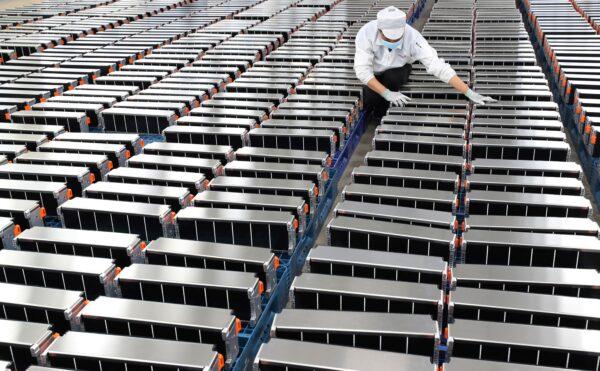
“Upwards of 70% of the total global Li-ion battery manufacturing capacity is controlled by China,” the report stated. “Should China decide to throttle supply or dramatically raise prices, this would hurt the U.S. transportation and logistics sectors, which are quickly adopting lithium battery-powered electric vehicles.”
